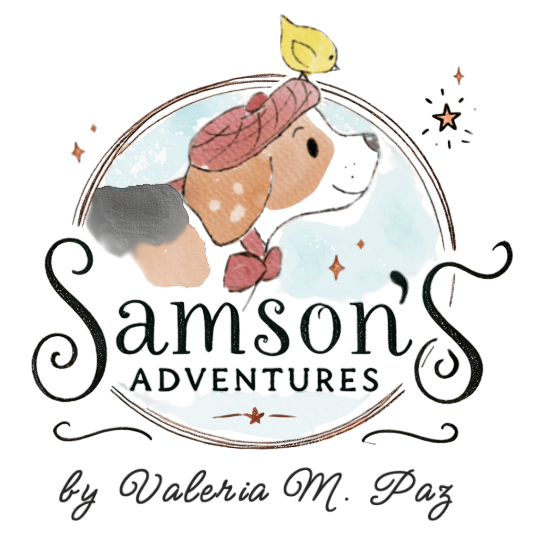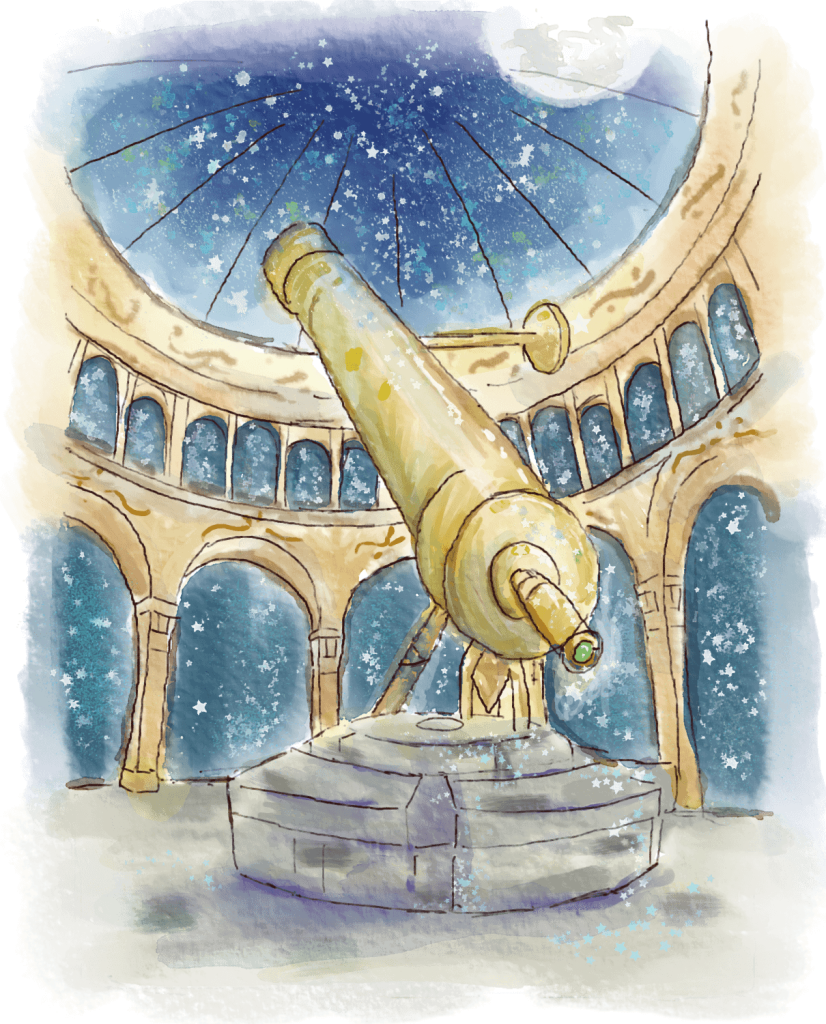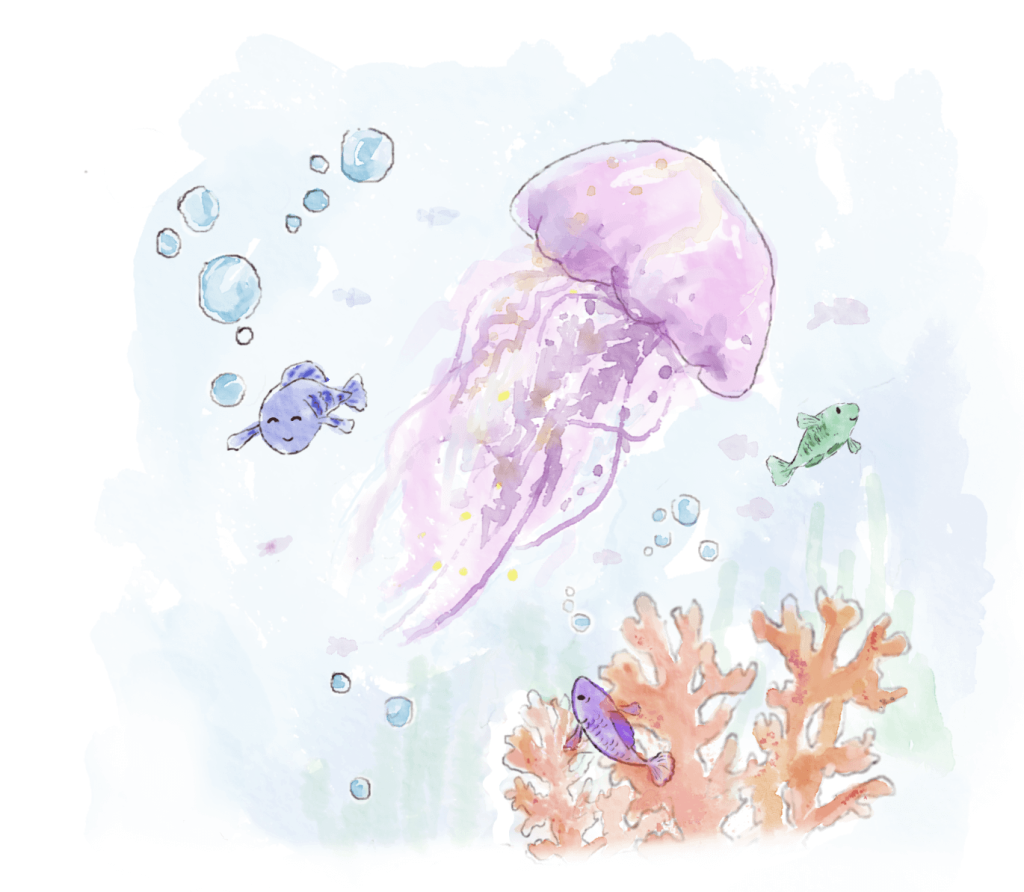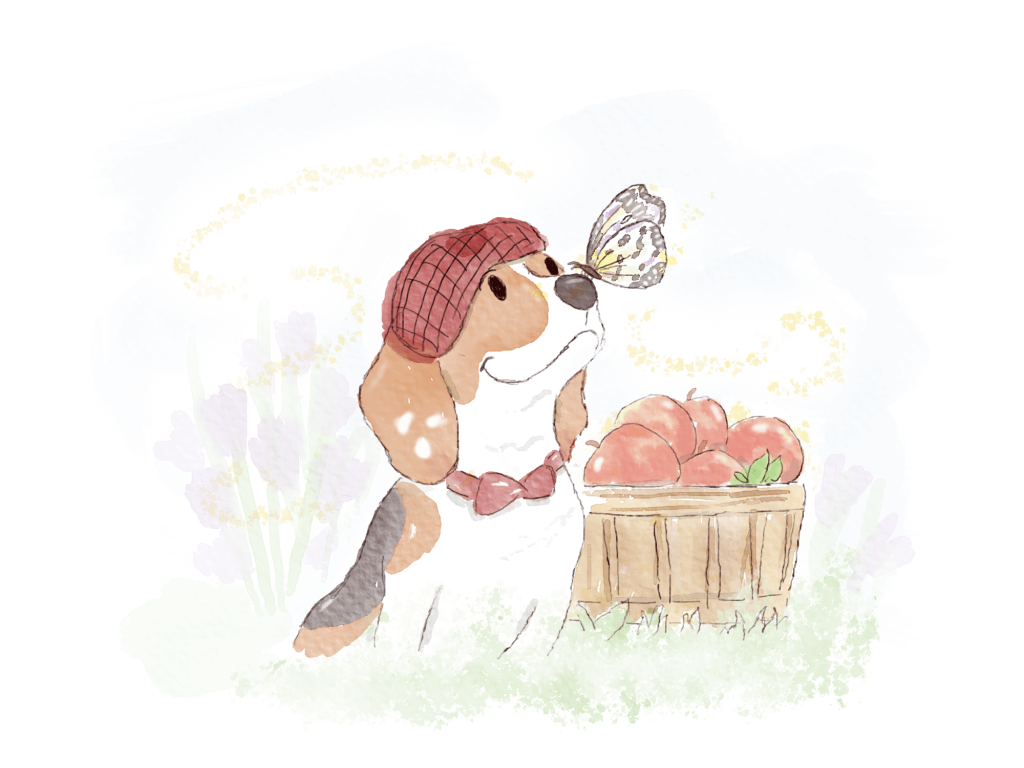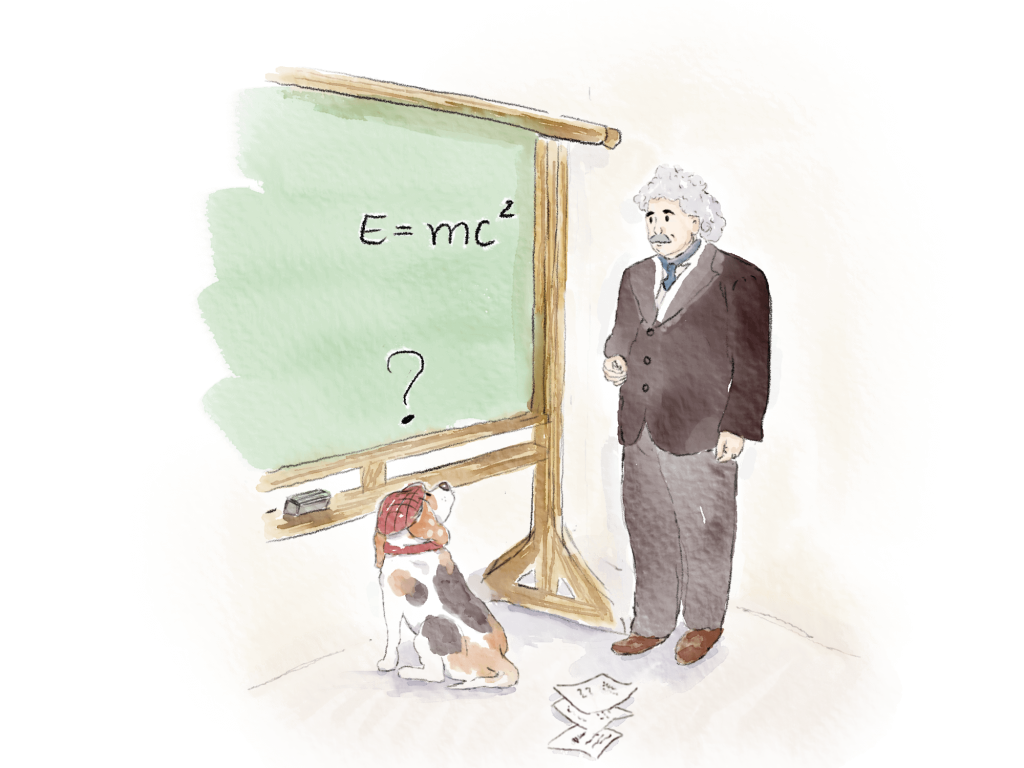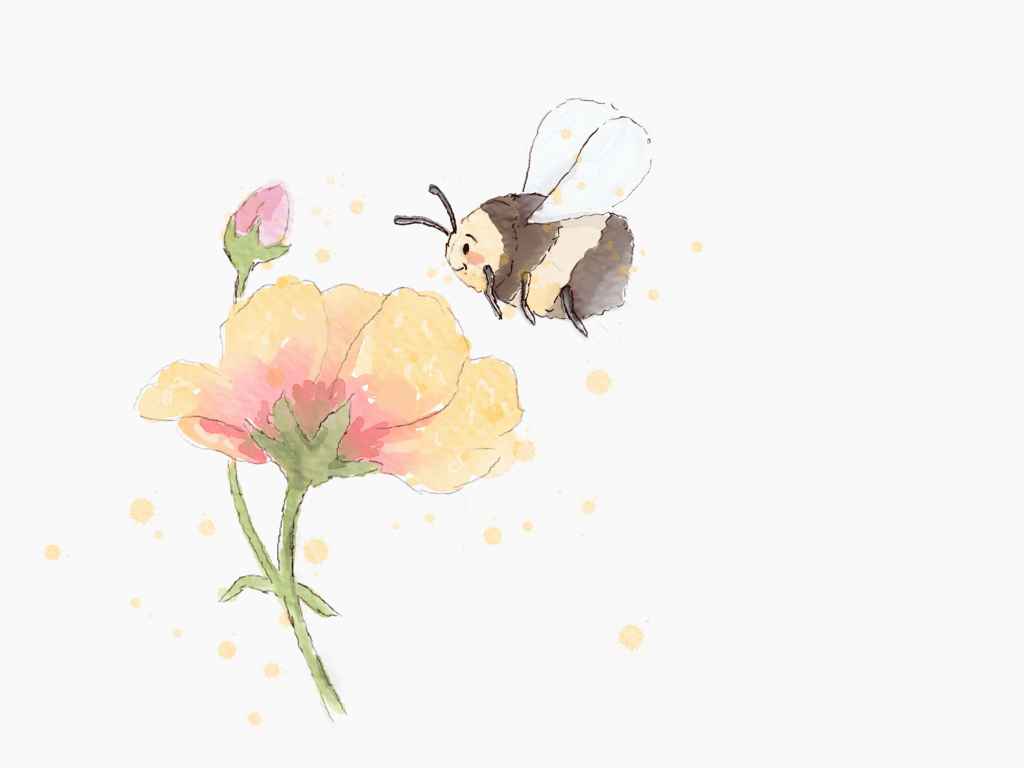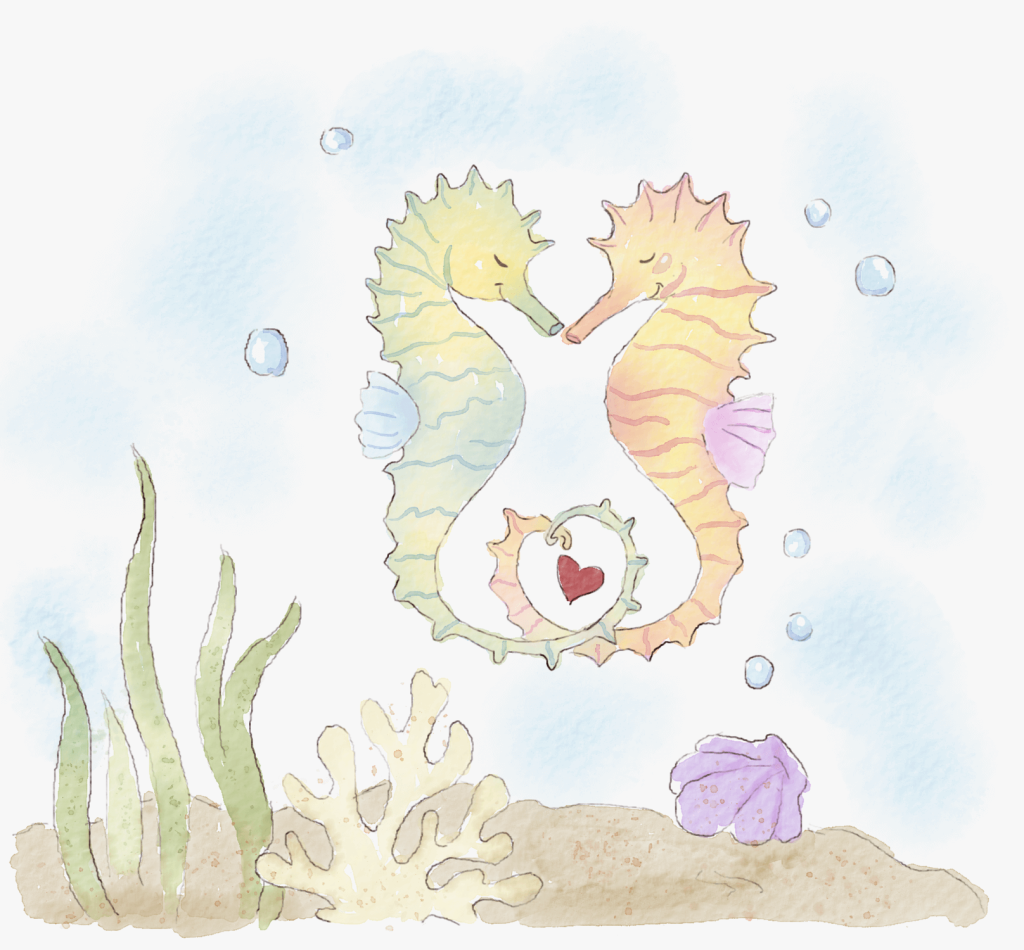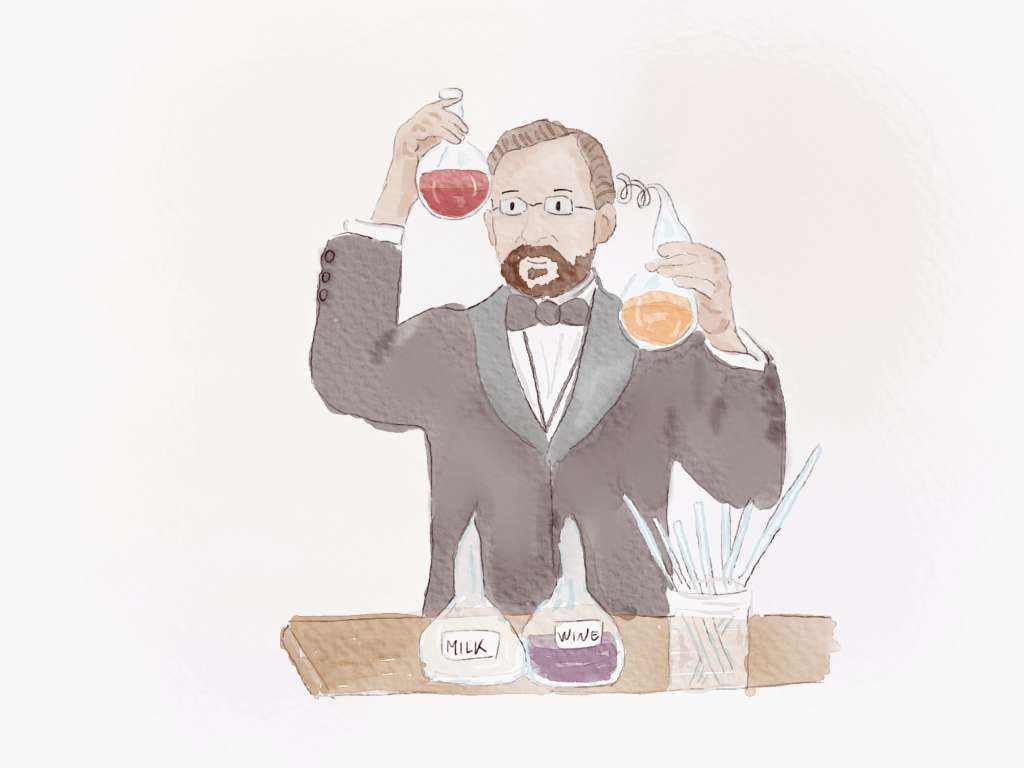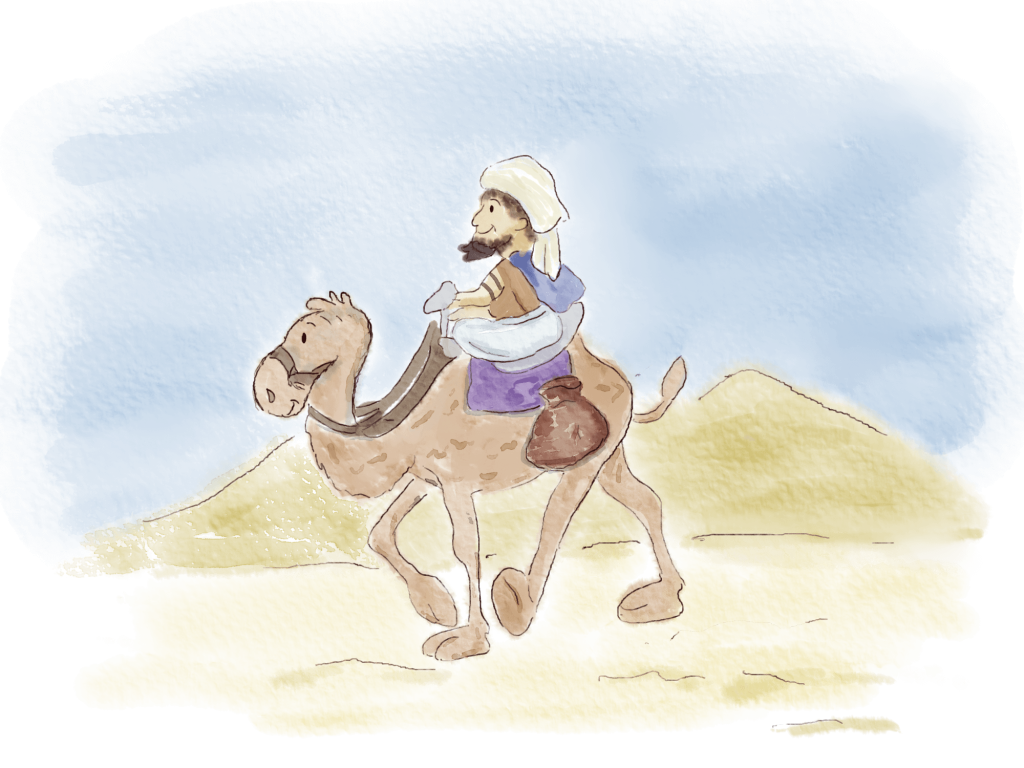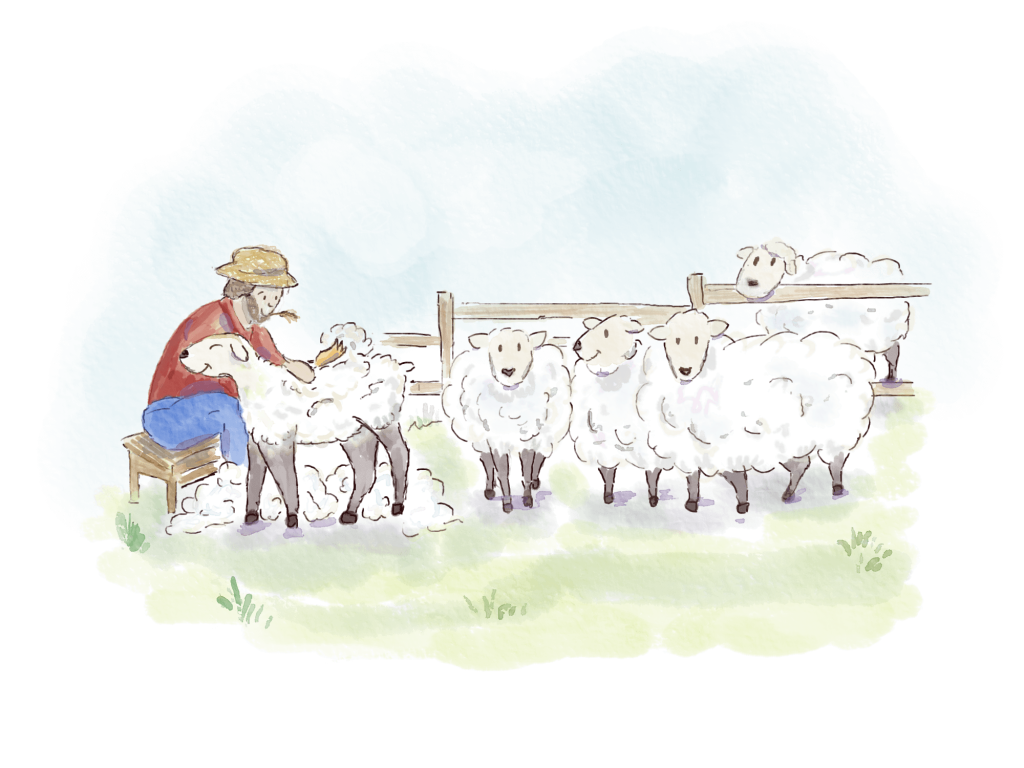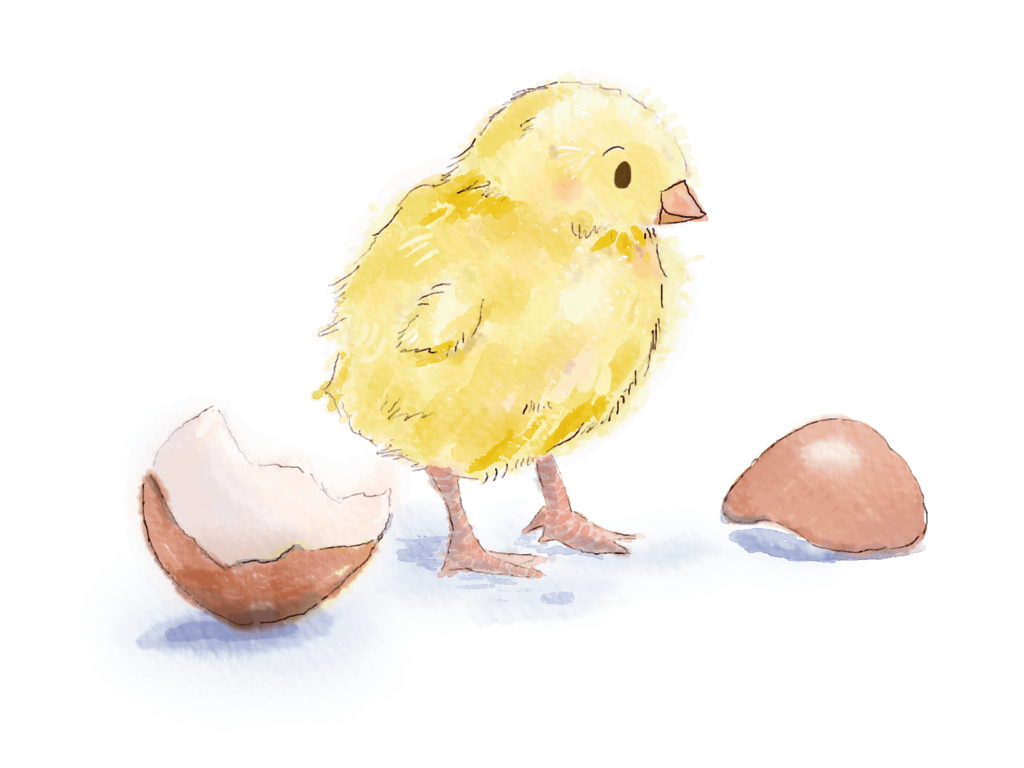Igloos: the snow homes of the Inuit
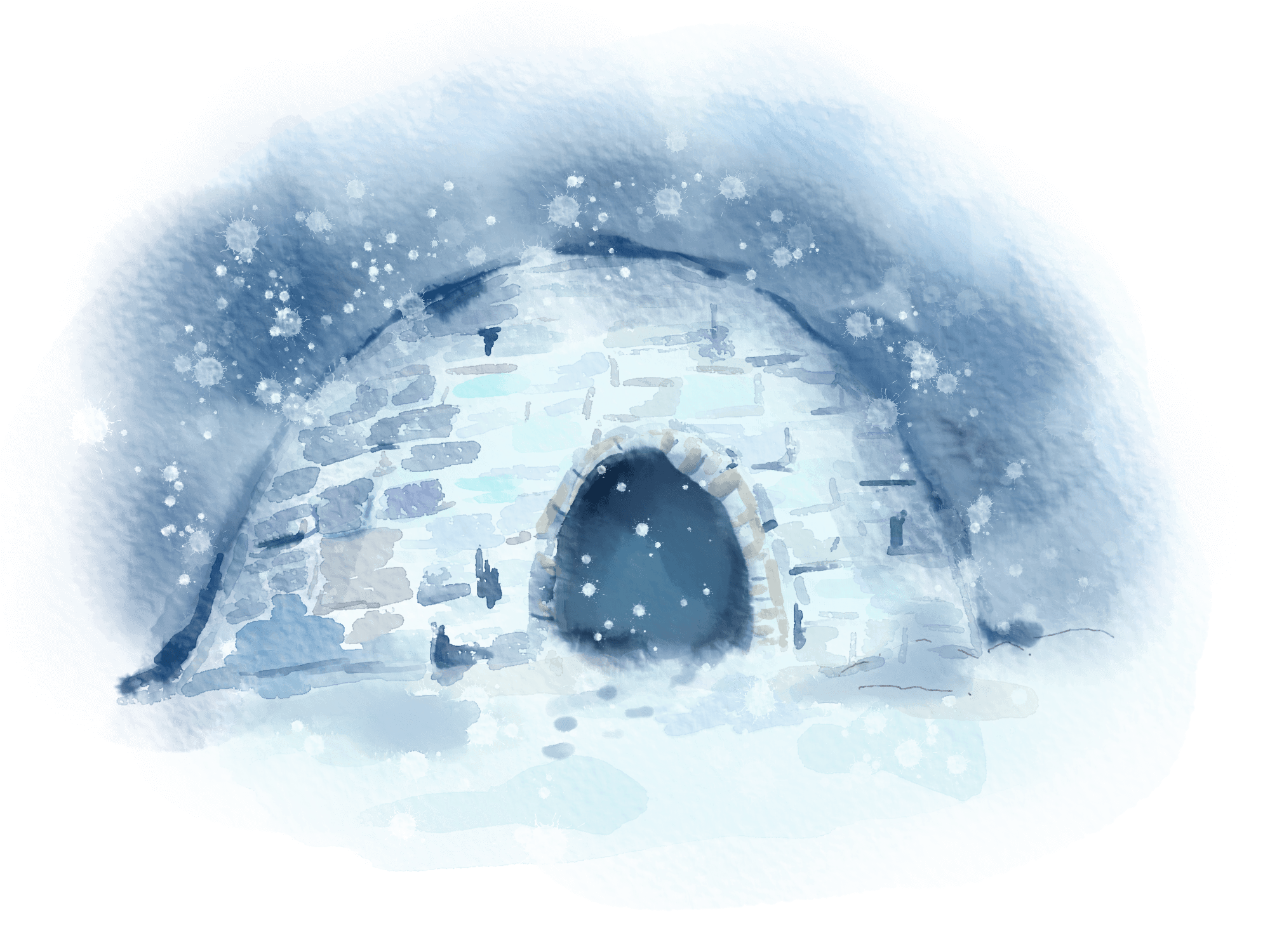
When the only thing around is snow…
In the land of ice and snow, way up in the Arctic, live the Inuit people. Most of the year, the ground lays frozen under a blanket of frost, without a tree or rock in sight.
Until the last century, the Inuit built their homes with the very snowflakes that danced in the air. The igloos were quick to build, so families could travel with the seasons where they could hunt. Any scrap of wood they could find became precious fuel for their hearths.
The word “igloo” means “house” in the Inuktitut language.
Igloos can get pretty toasty
Although snow is cold, its walls block the freezing wind, making it feel warmer inside. The walls also trap everyone’s body heat, the same as a cozy blanket does.
The Inuit used to light a fire inside for extra warmth and to cook some meals. They placed it right in the center, where the smoke could escape through a hole at the top of the igloo.
The walls would melt a little, but it was still cold enough for them to refreeze. That melting and refreezing made the walls stronger, as the snow turned into hard ice.
The temperature stayed around 50 degrees. That’s much warmer than the negative 45 degrees outside! Brrrr.
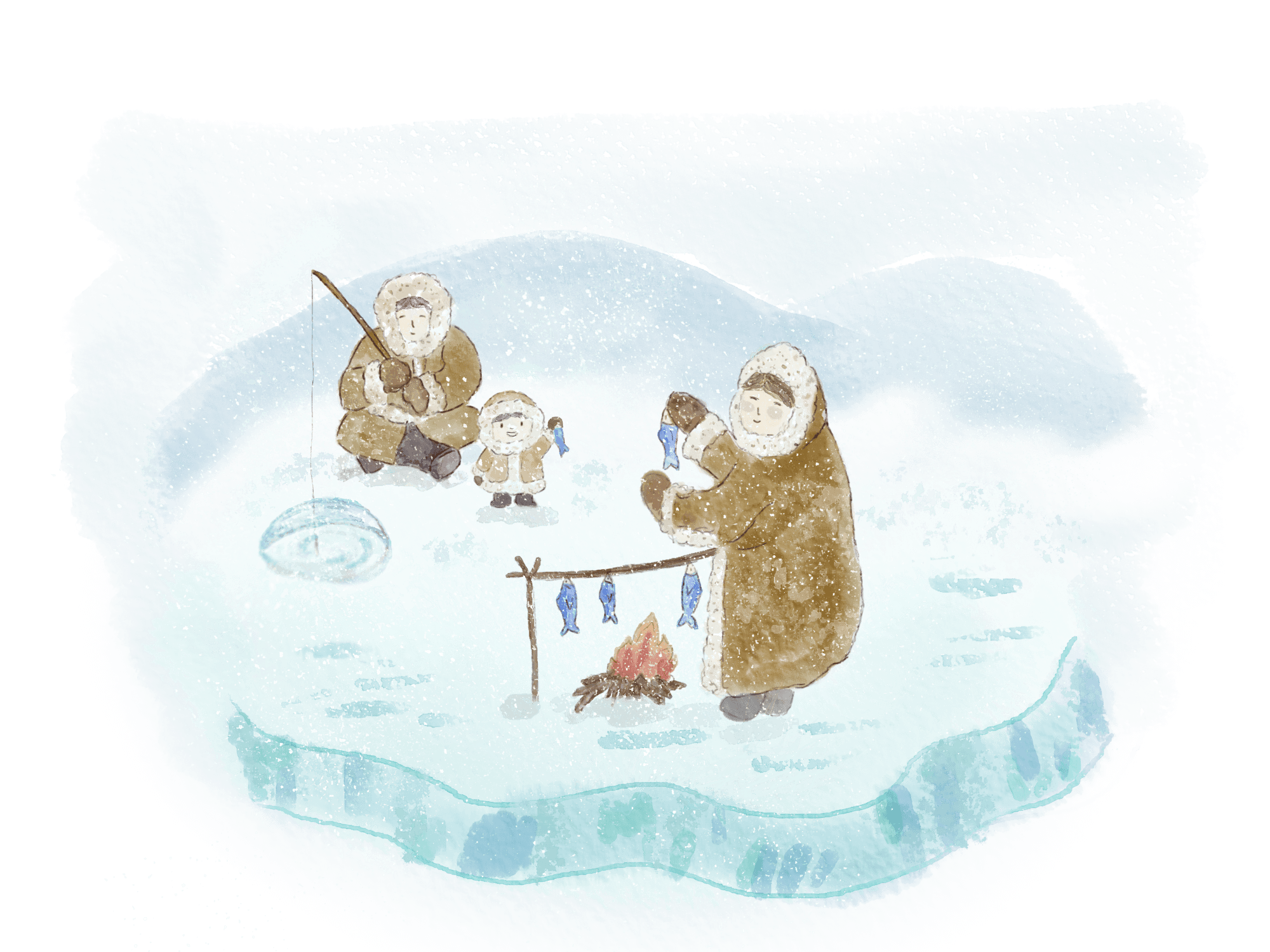
Igloos were more than plain snow houses
Inuit people had a special technique for building strong, safe igloos. They stacked blocks of snow in a circle, starting from the bottom and getting smaller as they got to the top.
Parents and elders taught children how to pack snow and shape it into strong blocks. When those children grew up, they taught it to their own children in turn. Building their snow homes was a family effort!
Many igloos had more than one room — they had different sections for sleeping, cooking, and storing things. Some igloos were big enough to hold feasts and dances.
The Inuit even carved ice sculptures into their walls.
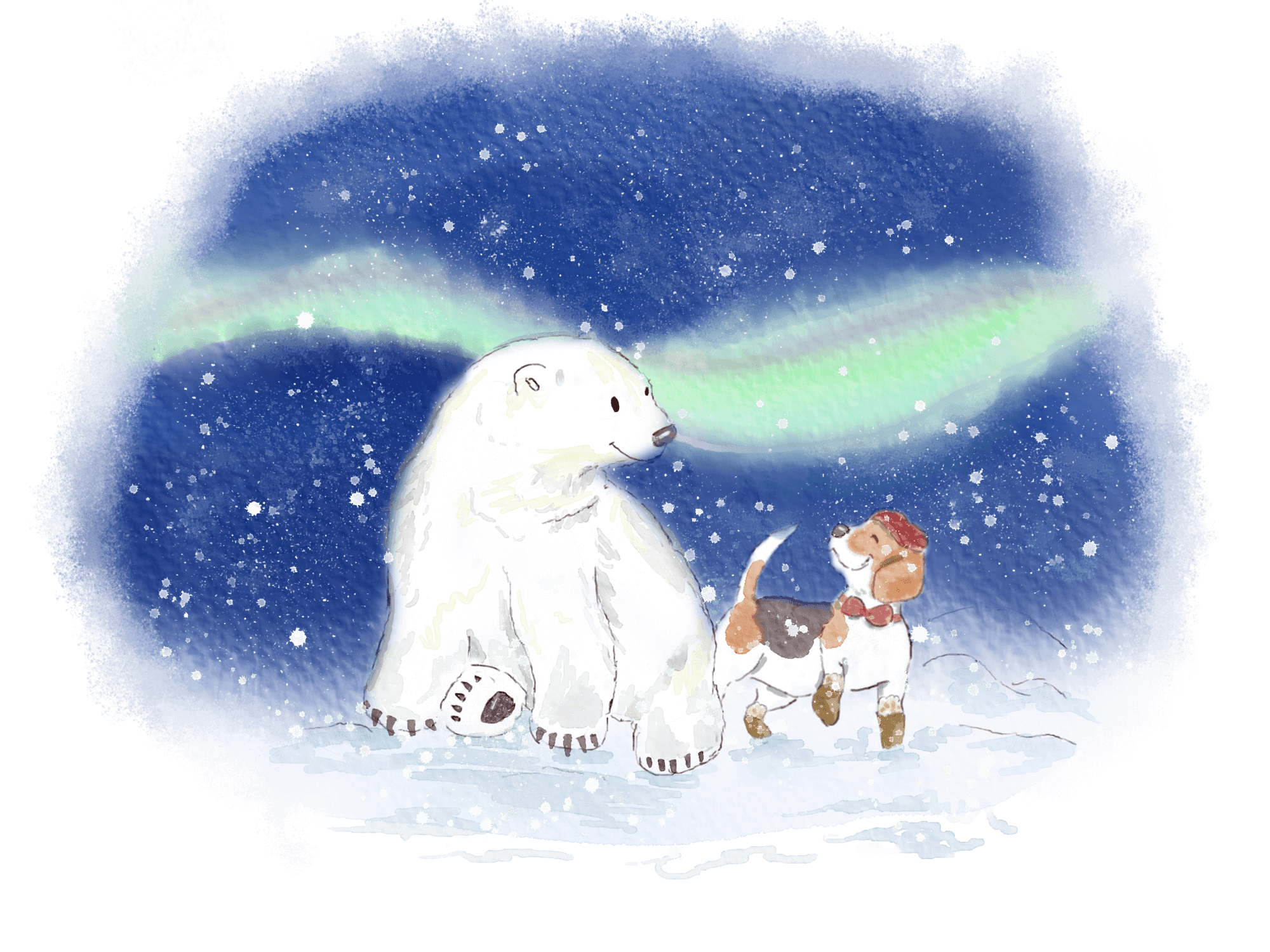
A day inside an igloo
To pass the time, the Inuit sang together and told stories by the fire — like the tale of Nanook, the polar bear spirit. They believed Nanook watched over them and every animal in the Arctic. To them, the spirit was a symbol of strength and good luck for hunting.
Days in the igloo were also busy with chores. The Inuit carved bones and antlers into knives, needles, or fishing hooks. While the food was cooking over a fire, they weaved baskets or sewed clothes.
And every day, they melted snow. That’s how they got water for drinking, cooking, and bathing.
When the northern lights danced bright, the chilly winds whispered softly, as the Inuit snuggled up for a good night’s sleep.
